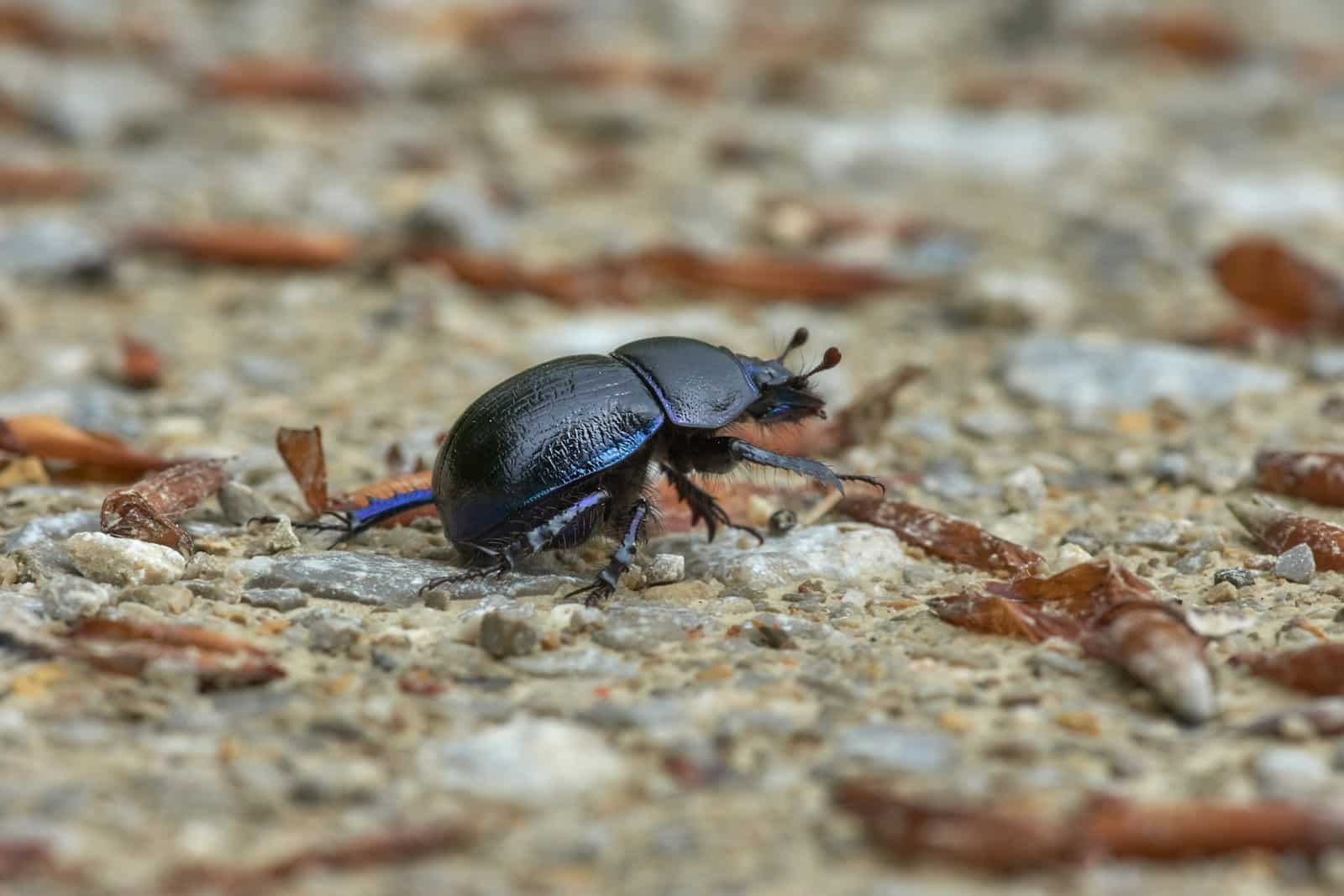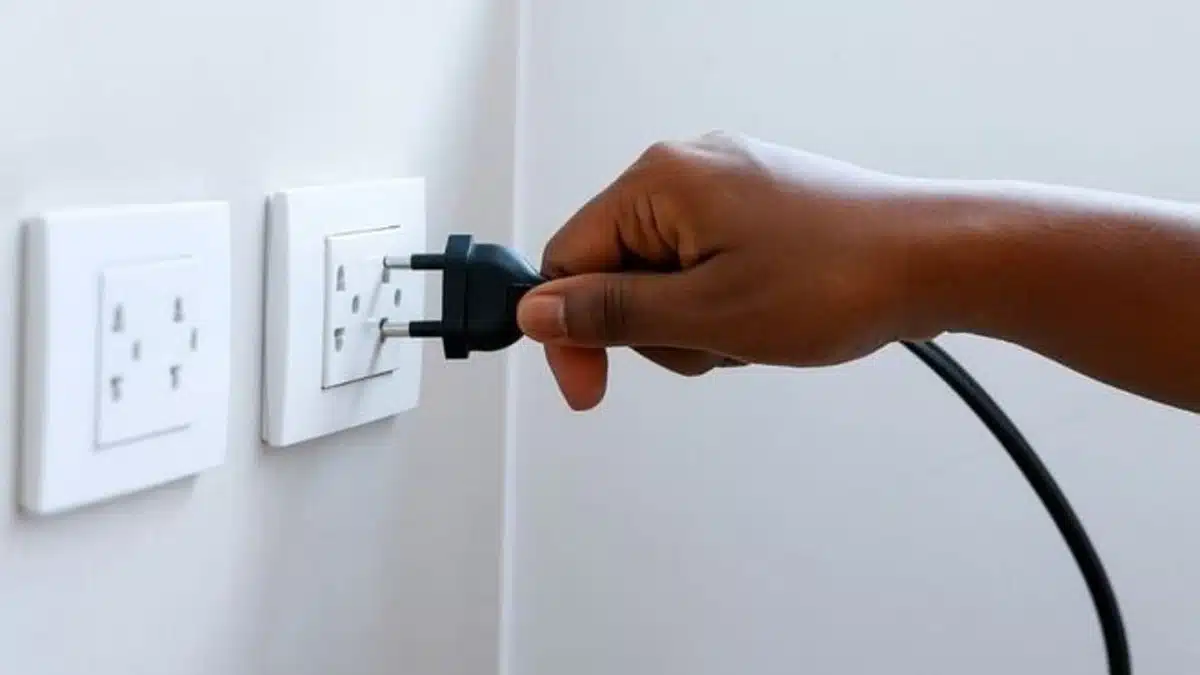Carpet beetles represent one of the most overlooked household pests, quietly causing damage to fabrics, carpets, and stored items. These small insects often go undetected until significant harm has already occurred. Understanding the warning signs of carpet beetle presence allows homeowners to take swift action before minor issues escalate into costly problems.
Unlike other common household pests, carpet beetles display subtle symptoms that require careful observation. Their feeding patterns and lifecycle create distinct indicators that trained eyes can spot early. Recognizing these signs becomes crucial for maintaining fabric integrity and preventing widespread infestation throughout living spaces.
Physical evidence of carpet beetle activity
The most obvious signs of carpet beetle presence involve visible fabric damage appearing as irregular holes in natural fiber materials. These holes typically occur in wool carpets, silk clothing, leather goods, and cotton textiles. Unlike moth damage, carpet beetle holes often appear randomly scattered rather than clustered in specific areas.
Shed skins from molting larvae provide another clear indicator of active infestations. These translucent, brownish casings accumulate in areas where beetles feed and develop. Homeowners frequently discover these skins in closets, under furniture, along baseboards, and within carpet padding. The skins measure approximately one-eighth to one-quarter inch in length and maintain the distinctive oval shape of carpet beetle larvae.
Fecal pellets from carpet beetles appear as tiny, dark specks resembling coarse black pepper. These droppings concentrate near feeding sites and damaged materials. Distinguishing carpet beetle feces from other pest droppings requires close examination, as they maintain consistent size and color patterns. Similar to how fleas can live on hardwood floors, carpet beetles leave evidence throughout various surfaces in homes.
Live larvae sightings confirm active infestations requiring immediate attention. Carpet beetle larvae appear as small, fuzzy, carrot-shaped insects measuring three to five millimeters in length. These larvae display brown, tan, or striped coloration with distinctive bristly hairs covering their bodies. They move slowly and prefer dark, undisturbed areas where natural fibers accumulate.
Seasonal patterns and beetle behavior indicators
Adult carpet beetles emerge during spring months, typically appearing near windows and light sources between March and June. These small, oval-shaped insects measure two to four millimeters in length and display various color patterns including black, brown, white, and yellow markings. Unlike their destructive larvae, adult beetles primarily feed on pollen and nectar from flowers.
Window accumulation of dead adult beetles signals recent reproductive activity within the home. These adults attempt to exit through windows after mating, often dying against glass surfaces. Large numbers of deceased beetles near windows indicate established breeding populations requiring professional intervention.
Increased activity levels occur during warm weather when adult beetles seek outdoor plants for feeding. Homeowners notice more beetles crawling on walls, ceilings, and around light fixtures during late spring and early summer. This seasonal emergence pattern helps distinguish carpet beetles from other household pests with different activity cycles.
Carpet beetles demonstrate phototropic behavior, meaning they gravitate toward light sources. This attraction leads adult beetles to congregate near lamps, overhead lighting, and sunny window areas. Understanding this behavior helps homeowners locate breeding sites and monitor population levels effectively. Just as knowing how to get rid of spider crickets requires understanding their preferences, carpet beetle management benefits from recognizing their behavioral patterns.
Damage patterns and affected materials
Carpet beetles target natural fiber materials almost exclusively, showing strong preferences for wool, silk, cotton, leather, and fur products. Synthetic materials like polyester and nylon typically remain undamaged unless blended with natural fibers. This selective feeding pattern helps identify carpet beetle damage versus other fabric pests.
Irregular hole patterns distinguish carpet beetle damage from other fabric-destroying insects. These holes vary in size and appear randomly distributed across affected materials. Moths create more uniform, clustered holes, while carpet beetles produce scattered damage following fiber quality and accessibility patterns.
Common target areas include :
- Wool carpets and rugs, especially edges and corners
- Clothing items stored in closets and drawers
- Upholstered furniture containing natural stuffing materials
- Blankets and comforters with wool or down filling
- Taxidermy specimens and natural history collections
Staining patterns sometimes accompany carpet beetle damage, appearing as yellowish or brownish discoloration around feeding sites. These stains result from larval secretions and body fluids released during feeding activities. The stains become more prominent on light-colored fabrics and may persist even after successful pest elimination.
Carpet beetles also damage stored organic materials including pet food, cereals, spices, and dried flowers. Infested items display similar hole patterns and contamination signs. This dietary flexibility allows carpet beetle populations to persist even when preferred fabric sources become limited. Much like maintaining clean clothing to avoid issues like learning how to get lint off pants, preventing carpet beetle problems requires proper storage and maintenance of organic materials.
Environmental conditions that attract carpet beetles
High humidity levels create ideal conditions for carpet beetle development and reproduction. These insects thrive in environments maintaining 60-80% relative humidity, which accelerates larval growth and increases survival rates. Basements, attics, and poorly ventilated storage areas often provide perfect breeding conditions for sustained infestations.
Accumulated debris in hidden areas attracts carpet beetles seeking feeding opportunities. Pet hair, human hair, food crumbs, and organic dust provide supplementary nutrition for developing larvae. Regular cleaning of baseboards, under furniture, and in corners prevents these attractant accumulations from supporting beetle populations.
Neglected storage areas commonly harbor carpet beetle infestations due to minimal human disturbance and abundant natural materials. Closets containing wool clothing, attics with stored textiles, and basements housing old carpets provide ideal breeding sites. These areas often maintain consistent temperatures and humidity levels favorable for continuous beetle development.
Light source proximity influences adult beetle distribution patterns within homes. Windows, skylights, and exterior doors attract flying adults seeking outdoor vegetation. Understanding these attraction patterns helps homeowners identify entry points and implement targeted prevention strategies for long-term population control.










